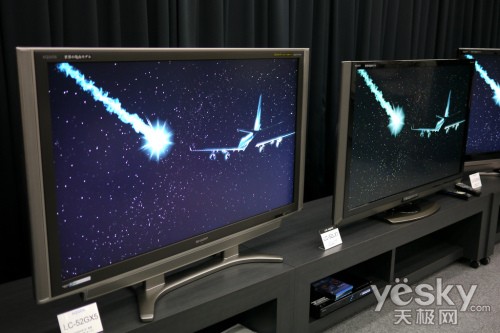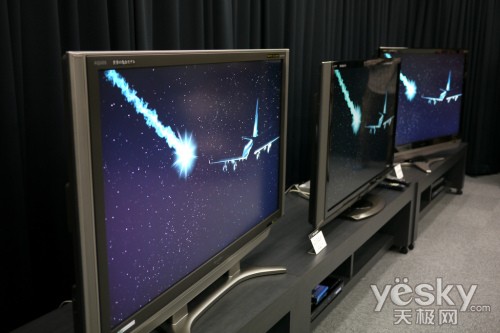New Sony XBR's are also going to have UV2A panels.
And I agree, anything that increases the effective aperture of the lcd panel will make them more efficient and increase contrast. However, you are still reliant on the quality of the backlighting - ccfl vs. led vs. RGB led. and without local dimming, light leakage will reduce effective contrast. Even local dimming has issues, the highest (current) spec panels use 224 locally dimmed leds to "reduce the halo effect" noted when bright objects appear in a dark background. Even so, that means local dimming only happens at a block level of some 128x72 pixels (approx.). While this greatly improves dynamic contrast, it still has a long way to go to match the pixel level contrast of transmissive sources, such as oled, plasma or sed.
The greater impact of UV2A is the increased speed of switching available, reducing motion blur and increasing the perceived clarity for 3D viewing, where rapid switching is a necessity for shuttered approaches.



